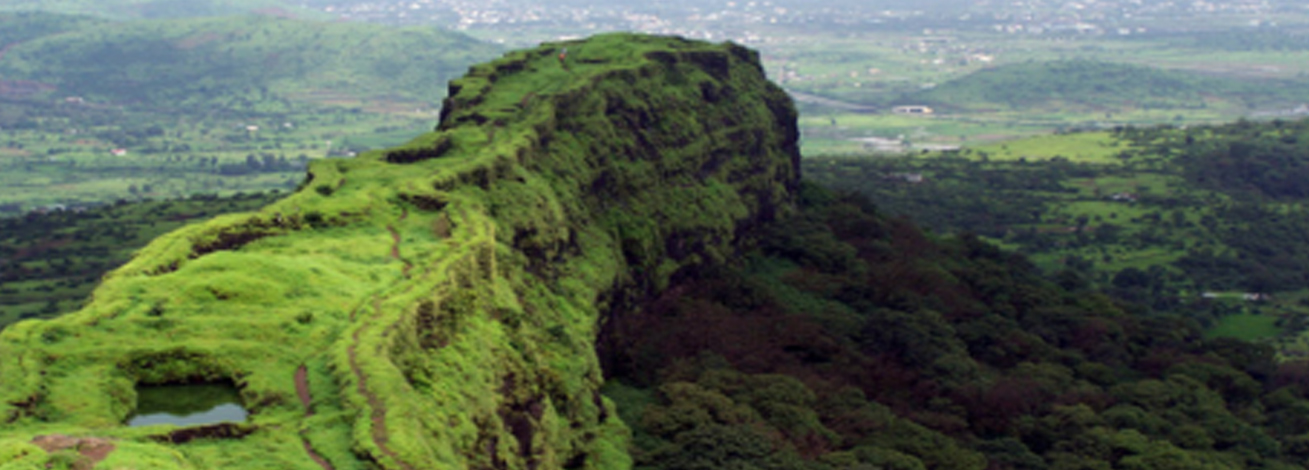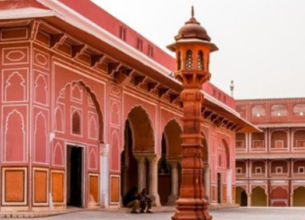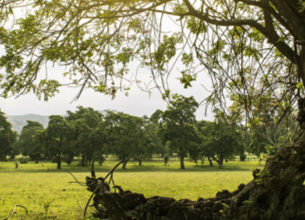DECLARING EASTERN GHATS AS UNESCO WORLD HERITAGE SITES
26, Feb 2020

Prelims level : Bio Diversity & its Threat
Mains level : GS-III Conservation, Environmental Pollution and Degradation, Environmental Impact Assessment
Why in News?
- Recently some Environmental groups have demanded to declare the Eastern Ghats as the UNESCO Cultural Heritage Site.
About the Eastern Ghats:
- The Eastern Ghats run parallel to the eastern coastal plains of India. The five States that the Ghats encompass are the Tamil Nadu, Andhra Pradesh, Telangana, Karnataka and Odisha.
- Unlike the Western Ghats, they are discontinuous in nature and are dissected by the rivers that drain into the Bay of Bengal. Most of these rivers have their origin in the Western Ghats.
- It must be noted that the Eastern Ghats are lower in elevation than the Western Ghats. The highest peak of Western Ghats is the Mahendragiri.
- Anaimudi which is the highest peak of the Western Ghats has a height of 2695 mts whereas Mahendragiri of Eastern Ghats is of 150 mts.
- The main crop produced in the Eastern Ghats is the Rice, which is also the staple food of the people living in the region.

About UNESCO World Heritage Sites:
- A UNESCO World Heritage Site is a place that is listed by the United Nations Educational, Scientific and Cultural Organization (UNESCO) as of special cultural or physical significance.
- The list is maintained by the international World Heritage Programme administered by the UNESCO World Heritage Committee, composed of 21 UNESCO member states which are elected by the General Assembly.
- Each World Heritage Site remains part of the legal territory of the state wherein the site is located and UNESCO considers it in the interest of the international community to preserve each site.
- With Successful inscription of Jaipur City in 2019, India has 38 world heritage sites that include 30 Cultural properties, 7 Natural properties and 1 mixed site.
How a site is being selected?
- To be selected, a World Heritage Site must be an already classified landmark, unique in some respect as a geographically and historically identifiable place having special cultural or physical significance (such as an ancient ruin or historical structure, building, city, complex, desert, forest, island, lake, monument, mountain, or wilderness area).
- It may signify a remarkable accomplishment of humanity, and serve as evidence of our intellectual history on the planet.
What is the legal status of the Designated Sites?
- UNESCO designation as a World Heritage Site provides prima facie evidence that such culturally sensitive sites are legally protected pursuant to the Law of War, under the Geneva Convention, its articles, protocols and customs, together with other treaties including the Hague Convention for the Protection of Cultural Property in the Event of Armed Conflict and international law.
What are the Endangered Sites?
- A site may be added to the List of World Heritage in Danger if there are conditions that threaten the characteristics for which the landmark or area was inscribed on the World Heritage List.
- Such problems may involve armed conflict and war, natural disasters, pollution, poaching, or uncontrolled urbanization or human development.
- This danger list is intended to increase international awareness of the threats and to encourage counteractive measures.
- The state of conservation for each site on the danger list is reviewed on a yearly basis, after which the committee may request additional measures, delete the property from the list if the threats have ceased or consider deletion from both the List of World Heritage in Danger and the World Heritage List.














